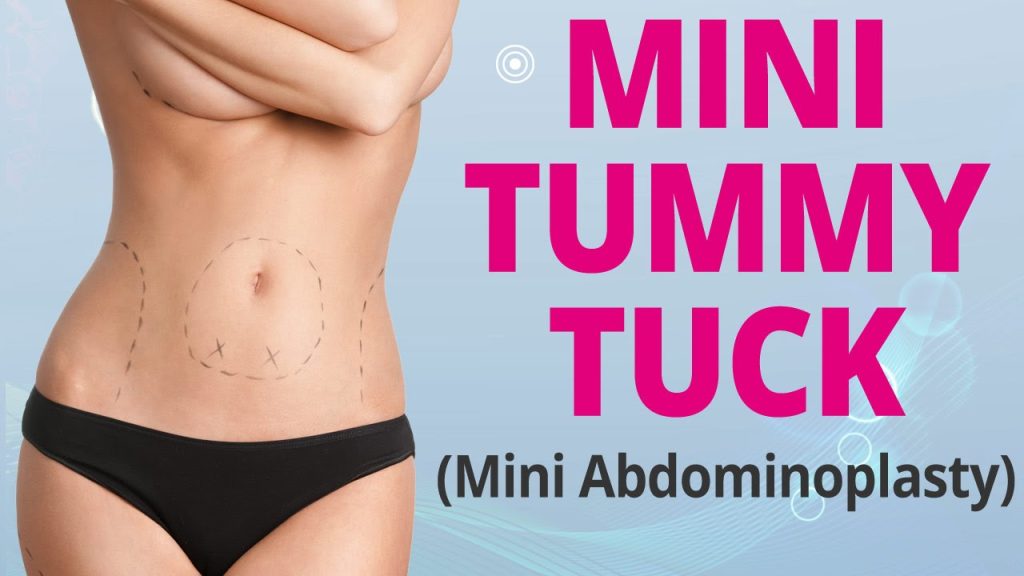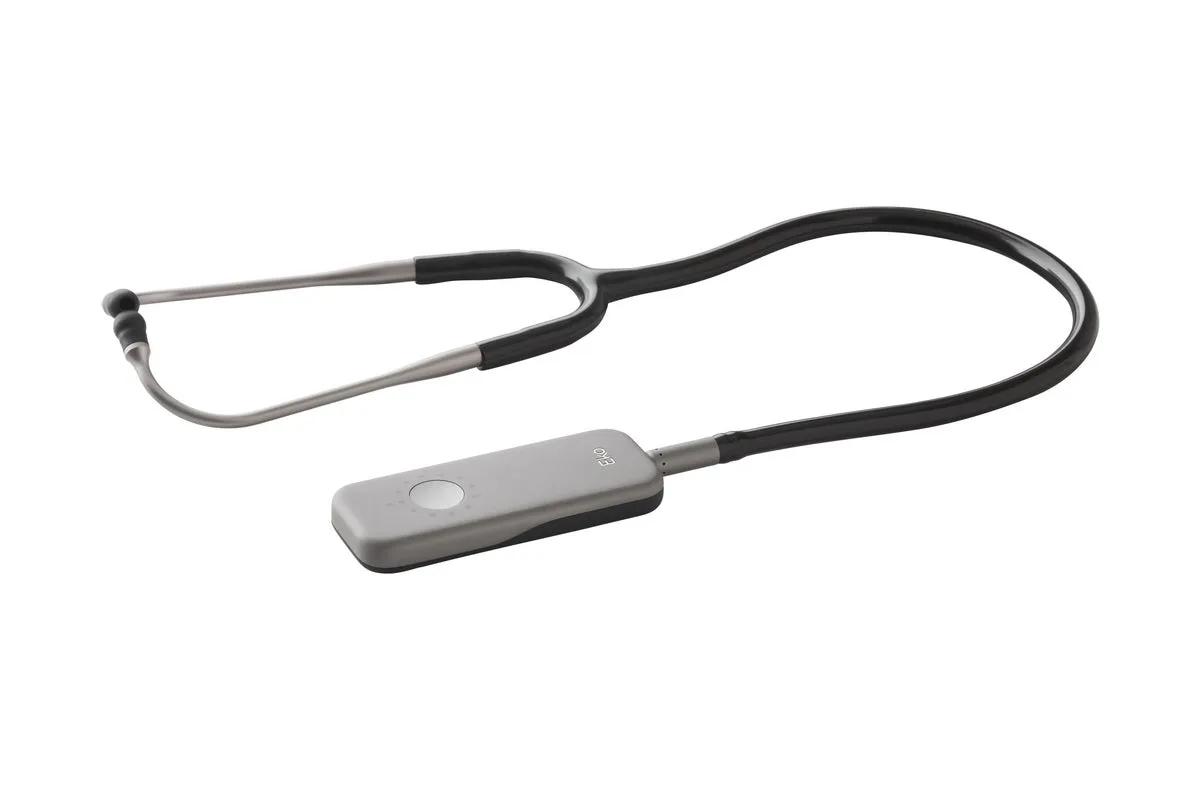Achieving a toned and firm midsection is a desire for many individuals, but sometimes diet and exercise alone may not yield the desired results. In such cases, a mini tummy tuck can be a transformative solution. A mini tummy tuck is a surgical procedure that focuses on the lower abdominal area, providing a sculpted and rejuvenated appearance. In this comprehensive blog post, we will explore the details of a mini tummy tuck, including before and after results, cost considerations, finding a provider near you, and comparing it to a full tummy tuck. Let’s delve into the world of mini tummy tucks and discover how this procedure can help you achieve your aesthetic goals.
Understanding the Mini Tummy Tuck Procedure:
A mini tummy tuck, also known as a partial abdominoplasty, is a surgical procedure that targets the lower abdomen. It is specifically designed to address excess skin, fat, and muscle laxity in this area, resulting in a flatter and more contoured midsection.
Before and After Results of a Mini Tummy Tuck:
Before and after photos of mini tummy tuck procedures can provide valuable insights into the transformative effects of this surgery. These images showcase the improvement in abdominal contour, reduced excess skin, and enhanced overall body shape.

Cost Considerations for a Mini Tummy Tuck:
The cost of a mini tummy tuck can vary based on factors such as the surgeon’s expertise, geographic location, facility fees, anesthesia fees, and the extent of the procedure required. It is recommended to consult with a board-certified plastic surgeon to obtain an accurate cost estimate tailored to your specific needs.
Finding a Mini Tummy Tuck Provider Near You:
To find a mini tummy tuck provider near you, start by researching board-certified plastic surgeons or cosmetic surgeons in your area. Look for professionals with extensive experience in body contouring procedures, read patient reviews, and schedule consultations to discuss your goals and assess their expertise.
Comparing Mini Tummy Tuck to Full Tummy Tuck:
A mini tummy tuck focuses on the lower abdomen, specifically below the navel, while a full tummy tuck addresses both the upper and lower abdomen. The decision between the two procedures depends on factors such as the amount of excess skin and muscle laxity present in the abdominal area.
The Tiny Tuck: A Minimally Invasive Alternative:
Some individuals may be candidates for a “tiny tuck,” a minimally invasive procedure that targets localized fat deposits and loose skin using advanced techniques such as liposuction and skin tightening procedures. This option is ideal for those with minimal excess skin and good muscle tone.
Mini Tummy Tuck with Liposuction:
A mini tummy tuck can be combined with liposuction to further enhance the contouring effects. Liposuction can remove excess fat deposits in the abdominal area, improving overall body proportions and achieving more satisfying results.
Mini Tummy Tuck After C-Section:
Women who have undergone a C-section may develop excess skin and weakened abdominal muscles. A mini tummy tuck can address these concerns, providing a smoother, more toned appearance by removing excess skin and repairing the abdominal muscles.
Recovery and Postoperative Care:
After a mini tummy tuck, it is essential to follow the surgeon’s postoperative instructions carefully. This typically includes wearing compression garments, avoiding strenuous activities, and attending follow-up appointments to monitor healing progress.
Consultation with a Board-Certified Plastic Surgeon:
Before considering a mini tummy tuck or any surgical procedure, it is crucial to consult with a board-certified plastic surgeon. They will evaluate your specific needs, discuss potential risks and benefits, and guide you through the decision-making process to achieve the best possible results.
Conclusion: A mini tummy tuck can be a transformative procedure for individuals seeking a more sculpted and toned lower abdomen. By addressing excess skin, fat deposits, and muscle laxity, this surgical intervention can help you achieve the desired abdominal contour. It is important to consult with a board-certified plastic surgeon to discuss your goals, assess your candidacy, and determine the best approach for your unique needs. Take the first step towards a more confident and contoured midsection by exploring the possibilities of a mini tummy tuck.
Note: The information provided in this blog post is for general informational purposes only and should not replace individualized advice from a board-certified plastic surgeon. Each patient’s situation is unique, and it is important to consult with a qualified medical professional for personalized guidance regarding mini tummy tucks, including risks, benefits, and expected outcomes.
FAQs about Mini Tummy Tuck and Related Topics:
Q1: What is a mini tummy tuck?
A1: A mini tummy tuck, also known as a partial abdominoplasty, is a surgical procedure that focuses on the lower abdomen to remove excess skin, tighten muscles, and improve abdominal contour.
Q2: Can I see before and after photos of mini tummy tuck results?
A2: Yes, before and after photos of mini tummy tuck procedures can provide visual representations of the transformation achieved. Your plastic surgeon can show you examples during a consultation.
Q3: How much does a mini tummy tuck cost?
A3: The cost of a mini tummy tuck can vary depending on various factors such as the surgeon’s expertise, geographic location, facility fees, anesthesia fees, and the extent of the procedure required. Consultation with a plastic surgeon will provide a personalized cost estimate.
Q4: Where can I find a mini tummy tuck provider near me?
A4: To find a mini tummy tuck provider near you, start by researching board-certified plastic surgeons or cosmetic surgeons in your area. Online directories, referrals, and patient reviews can assist in finding reputable providers.
Q5: What is the difference between a mini tummy tuck and a full tummy tuck?
A5: A mini tummy tuck targets the lower abdomen below the navel, while a full tummy tuck addresses both the upper and lower abdomen. The decision between the two depends on factors such as the amount of excess skin and muscle laxity.
Q6: What is a “tiny tuck”?
A6: A “tiny tuck” refers to a minimally invasive procedure that combines techniques such as liposuction and skin tightening to address localized fat deposits and loose skin. It is suitable for individuals with minimal excess skin and good muscle tone.
Q7: How much does a mini tummy tuck cost compared to a full tummy tuck?
A7: The cost of a mini tummy tuck is generally less than that of a full tummy tuck. However, the exact cost difference will depend on individual factors and the specific requirements of each case.
Q8: Can a mini tummy tuck be combined with liposuction?
A8: Yes, a mini tummy tuck can be combined with liposuction to enhance the contouring effects. Liposuction can remove excess fat deposits in the abdominal area, improving overall body proportions.
Q9: Is a mini tummy tuck suitable for addressing the changes after a C-section?
A9: Yes, a mini tummy tuck can address excess skin and weakened abdominal muscles that may occur after a C-section. It can help restore a smoother, more toned appearance in the lower abdomen.
Q10: Can I see before and after photos of mini tummy tuck results near me?
A10: To see before and after photos of mini tummy tuck results near you, consult with local plastic surgeons or review their websites. They often showcase before and after images of their patients’ transformations.
Note: The answers provided are for general informational purposes only and should not replace individualized advice from a board-certified plastic surgeon. Each patient’s situation is unique, and it is important to consult with a qualified medical professional for personalized guidance regarding mini tummy tucks, including risks, benefits, and expected outcomes.




